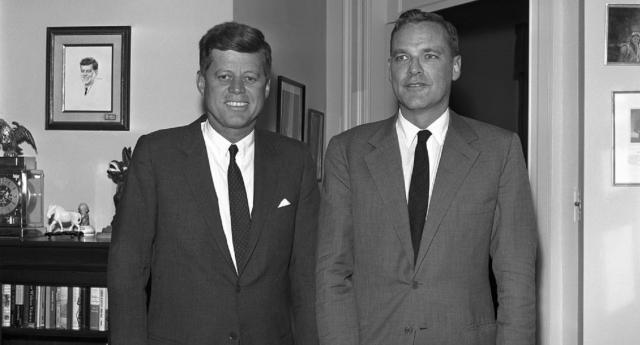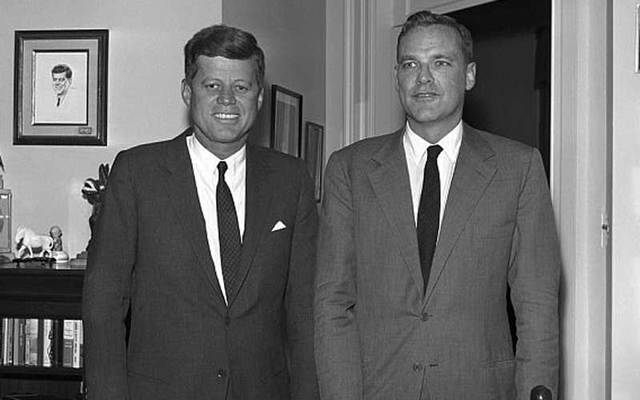
It’s a complicated bouquet of bitter and sweet. in her kitchen, as mine did, alongside one of Pope John Paul II - this stylish, sexy, nostalgic story will linger like Jackie’s signature scent of Pall Malls and Chateau Krigler 12. But it was such a voyeuristic pleasure to be a fly on the wall (or windshield), and Bayard is such an exuberant storyteller, I was happy to set aside my disbelief.Įven if you’re not a Kennedy enthusiast - even if your grandmother didn’t have a framed picture of J.F.K. There are moments in “Jackie & Me” when I found myself wondering how Lem could have known what Jack and Jackie said to each other when they were alone in a guest room or the back seat of his car.

And he may be just the tiniest bit jealous of their future. To whom does he owe a greater debt of honesty - Jack, who has embraced him like a brother but asks too much as a go-between or Jackie, a kindred spirit whose options are as limited as Lem’s, thanks to the corset-tight constrictions of the era? Of course, Jackie may not want to hear what Lem has to say about the realities of being close to Jack. But the real star of this story is Lem, who is caught in the gravitational pull between an old friend and a new one. What a pleasure it is to see Jackie snapping pictures for her newspaper column, featuring strangers’ answers to questions like “If you were put in solitary confinement and could only take one book, what would it be?” Her queries evolve along with her relationship - for instance, “Should engaged couples reveal their past?”īayard shows how Jackie gamely shouldered Jack’s boisterous family, stratospheric ambitions, health problems and dalliances. Through his eyes, we get to know her as a witty, opinionated, driven young woman, the starry-eyed precursor to the stylish first lady and tragic veiled widow who will supplant her in the popular imagination. Lem is protective of Jackie, attentive in a way Jack is not. Eventually they venture to the Kennedy homestead in Hyannisport, where they endure endless rounds of charades and games of football. On Sunday afternoons, we see Lem and Jackie strolling around Dumbarton Oaks or the Smithsonian. The two outsiders hit it off, and Jack depends on his nonthreatening friend to entertain Jackie while he lays the groundwork for a political career. His first impression is prescient: When he sees her standing outside Merrywood, her grand childhood home, he thinks, “She doesn’t look like she belongs there any more than I do.” Lem meets the young Jackie Bouvier in 1952, when he accompanies Kennedy - by then an ambitious congressman - to pick her up for a gathering at Bobby and Ethel Kennedy’s house. Billings was gay, a fact that is alluded to but never stated in “Jackie & Me.” His loneliness is an invisible character on every page. Kennedy as a teenager and became a longtime fixer and confidant for his friend. Lincoln,” “Roosevelt’s Beast”), opens his acknowledgments page with a disclaimer that “Jackie & Me” is, “without apology, a fictional work and an exercise in alternative history.” His subject was a real person: Kirk LeMoyne Billings, who met John F.

Which, in this moment, feels like it wants to be known, too, no matter the reckoning.”īayard, a veteran at imagining presidential relationships (“Courting Mr.

We don’t know the circumstances of their estrangement, or why he doesn’t say hello, but Lem promises to tell the story of “the Jackie nobody else knew but me.” He tells readers: “The only hard part will be finding myself in the mix. The year is 1981, and the woman is Lem’s old friend Jacqueline Kennedy Onassis he hasn’t seen her in six years. “I’m embarrassed to say that at the sight of her I did what every New Yorker does,” Lem tells us. Our narrator, Lem Billings, is in the East Village when he spots a familiar figure sauntering down Avenue A in a linen skirt, a black blouse and Nina Ricci sunglasses. Louis Bayard’s 10th novel, JACKIE & ME (Algonquin, 352 pp., $27.99), begins with a chance encounter.


 0 kommentar(er)
0 kommentar(er)
